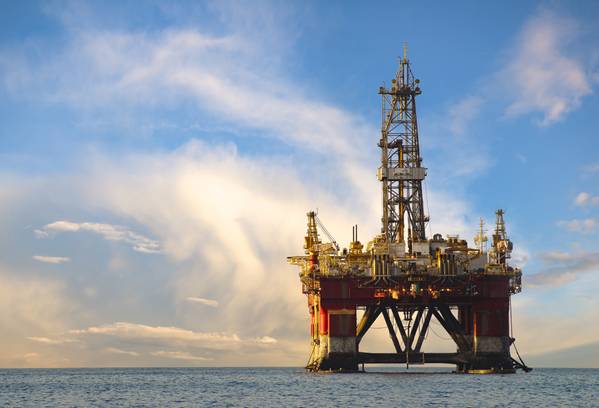
Mexico's national oil company Pemex narrowed its multibillion-dollar losses last year, executives said on Wednesday, as it seeks to fast-track the development of 20 new fields this year in a bid to bring new streams of crude online.
Long a source of Mexican pride and a potent political symbol, the state-owned company faces an increasingly uncertain future as oil output slides, leaving it with a $7.6 billion loss in 2018.
"In 2019, Pemex's main objective is to stabilize crude oil production," Ulises Hernandez, a senior executive with the company's exploration and production arm, told analysts on a conference call after the firm reported last year's results.
Pemex is facing mounting scrutiny from investors after its credit rating was cut two notches by Fitch Ratings in late January, putting it just one level above junk status.
The company's credit woes could extend to the government, requiring it to fund more rescue packages for Pemex, imperiling its own sovereign credit rating and significantly raising financing costs.
Justifying its Pemex downgrade, Fitch analysts pointed to a 2018 tax bill of some $27 billion levied by the government on the firm as a major concern, as well as mounting debt levels.
President Andres Manuel Lopez Obrador dismissed the downgrade, and doubled down on his support for the struggling giant, pledging a $3.9 billion capital injection to shore up finances, including around $200 million in tax relief.
The veteran leftist won a landslide election last year on a promise to boost the company formally known as Petroleos Mexicanos.
RISK TO SOVEREIGN
Pemex's $7.6 billion loss in 2018 was significantly narrower than the $14.3 billion it lost in 2017, helped by currency exchange gains and recovering crude prices.
The government relies on Pemex to provide around 15 percent of total tax revenue while the company struggles under the weight of nearly $106 billion in debt, the highest of any national oil company in Latin America.
If Pemex falls short of its future debt obligations, the burden could quickly bleed over to the government as it implicitly guarantees Pemex finances.
Pemex crude output is expected to reach 1.77 million barrels per day (bpd) this year, said Hernandez, a figure that would mark a more than 3 percent drop compared with production last year of 1.83 million bpd.
Crude output last year was down by about 6 percent compared to 2017 levels.
Beyond growing Pemex's crude production, Lopez Obrador has also promised to gradually grow Pemex's refining capacity and wean the country off of growing fuel imports.
Pemex's six domestic refineries have a lot of room for improvement. Crude processing in 2018 stood at just 612,000 bpd, or about 38 percent of their capacity, far below the efficiency rates of the facilities clustered along the U.S. Gulf Coast.
Jonathan Cerda, an executive with Pemex's refining unit, said the company will begin the construction of its new Dos Bocas refinery by the end of this year with site preparations starting from June.
SEEKING NEW BARRELS
Pemex is looking to 20 promising new discoveries clustered around the southern rim of the Gulf of Mexico to begin to reverse more than a decade of declining production.
Those fields should begin pumping new barrels by the end of this year, helped by what the company describes as speedier regulatory approvals averaging around six weeks compared with three years beginning at the end of last year.
Pemex has already awarded contracts for the projects' infrastructure needs, including platforms and pipelines, and since last month began awarding more contracts for the drilling and completion of new wells, said Hernandez.
"We are in the process of bidding some other groups of wells which will be happening from March to May," he said.
Hernandez added that new streams of output should begin in April and ramp up after that, though he did not provide an estimate of how much he expects from those fields.
Pemex, which saw its decades-long monopoly ended by a 2013 energy overhaul championed by the previous government, also expects to extract more from its onshore Ixachi field.
Following appraisal results concluded late last year, the field is now believed to contain around 1 billion barrels of oil equivalent, Hernandez said, up from an estimate of 350 million barrels in proven, probable and possible resources when it was first announced in 2017.
Hernandez said Ixachi could eventually contribute 80,000 bpd in condensates, a mix of ultra-light crude and natural gas.
Reporting by David Alire Garcia